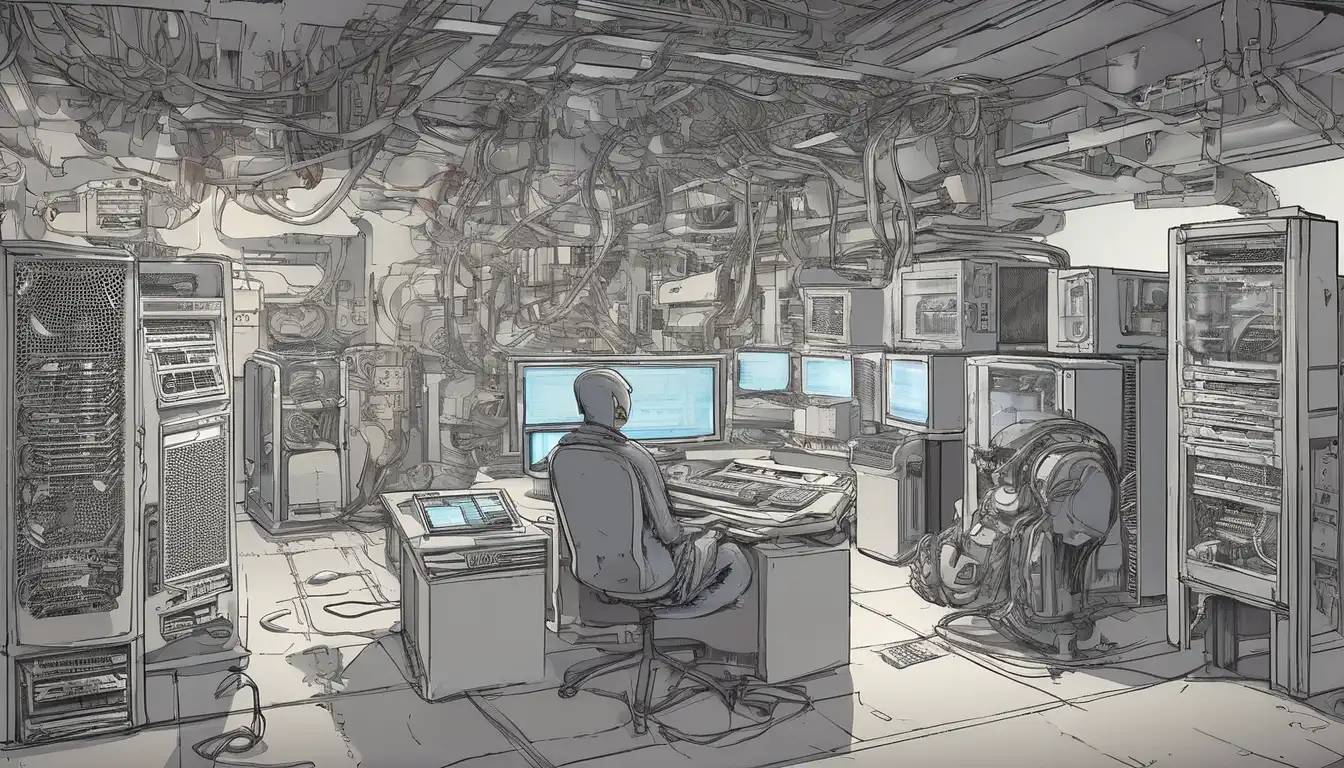Introduction to Computer Component Selection
Building your own computer can be an incredibly rewarding experience, but choosing the right components is crucial for optimal performance and value. Whether you're a first-time builder or an experienced enthusiast, understanding how to select compatible and appropriate parts will ensure your system meets your specific needs. This comprehensive guide will walk you through the essential considerations for each major component.
Understanding Your Needs and Budget
Before diving into specific components, it's vital to assess your primary use case and establish a realistic budget. Are you building a gaming rig, a workstation for content creation, or a general-purpose home computer? Each scenario demands different priorities. For gaming, focus on the graphics card and processor; for content creation, prioritize RAM and storage speed; for general use, balance performance with cost-effectiveness.
Establishing a clear budget early prevents overspending on unnecessary features while ensuring you don't compromise on critical components. Remember to allocate funds for peripherals and software if they're not already part of your existing setup.
Processor (CPU) Selection
The CPU serves as the brain of your computer, handling all computational tasks. When choosing a processor, consider:
- Core Count and Threads: More cores generally mean better multitasking and performance in applications optimized for parallel processing
- Clock Speed: Higher GHz typically indicates faster single-threaded performance
- Compatibility: Ensure the CPU matches your chosen motherboard's socket type
- Integrated Graphics: Some CPUs include graphics capabilities, eliminating the need for a separate GPU for basic systems
For most users, mid-range processors from Intel's Core i5 or AMD's Ryzen 5 series offer excellent value. Enthusiasts and professionals may benefit from higher-end options like Core i7/i9 or Ryzen 7/9 processors.
Motherboard Considerations
The motherboard acts as the central nervous system, connecting all components. Key factors include:
- Form Factor: ATX, Micro-ATX, and Mini-ITX determine physical size and expansion capabilities
- Chipset: Dictates features like overclocking support, connectivity options, and maximum RAM capacity
- Expansion Slots: Ensure adequate PCIe slots for graphics cards and other add-in cards
- Connectivity: Check for sufficient USB ports, audio jacks, and networking capabilities
Choose a motherboard that supports your current needs while offering some room for future upgrades. Don't overspend on features you won't use, but avoid the cheapest options that may lack essential connectivity.
Graphics Card (GPU) Decisions
For gaming, video editing, or 3D rendering, the graphics card is often the most critical component. Consider:
- Performance Tier: Entry-level, mid-range, or high-end based on your resolution and frame rate requirements
- VRAM: Higher resolutions and texture quality demand more video memory
- Power Requirements: Ensure your power supply can handle the GPU's demands
- Physical Size: Verify the card will fit in your chosen case
Research current benchmarks for the games or applications you use most frequently. The GPU market changes rapidly, so recent reviews provide the most accurate performance expectations.
Memory (RAM) Requirements
System memory affects overall responsiveness and multitasking capability. Important considerations include:
- Capacity: 16GB suits most users, while 32GB or more benefits content creators and heavy multitaskers
- Speed: Faster RAM can improve performance in certain applications
- Compatibility: Ensure the RAM matches your motherboard's supported specifications
- Dual/Quad Channel: Installing matched pairs or sets can boost performance
For most builds, starting with 16GB of DDR4 or DDR5 RAM provides a good balance of performance and value. You can always add more later if needed.
Storage Solutions
Modern systems benefit from combining different storage types for optimal performance and capacity:
- NVMe SSDs: Excellent for operating system and frequently used applications
- SATA SSDs: Great for games and general storage with good speed
- HDDs: Cost-effective for mass storage of media files and backups
A common strategy involves a moderate-sized NVMe SSD for the operating system and key applications, paired with a larger SATA SSD or HDD for additional storage needs.
Power Supply Unit (PSU) Selection
The power supply is often overlooked but critically important for system stability. Key factors include:
- Wattage: Calculate your system's total power requirements and add 20-30% headroom
- Efficiency Rating: 80 Plus Bronze, Gold, or Platinum indicate power efficiency
- Modularity: Fully modular PSUs reduce cable clutter and improve airflow
- Warranty: Longer warranties often indicate higher quality components
Never skimp on the power supply. A quality unit protects your investment in other components and ensures stable operation.
Case and Cooling
The computer case houses all components and affects thermals, noise levels, and aesthetics:
- Airflow: Look for cases with good front-to-back airflow and dust filtration
- Size Compatibility: Ensure the case accommodates your motherboard, GPU, and cooling solution
- Cooling Options: Consider additional case fans or liquid cooling for high-performance builds
- Cable Management: Good routing options improve airflow and appearance
Balance aesthetics with functionality. A well-designed case makes building easier and maintains lower temperatures during operation.
Compatibility and Future-Proofing
Before purchasing, verify all component compatibility using tools like PCPartPicker. Consider future upgrade paths – will your motherboard support next-generation CPUs? Is there room for additional RAM or storage? While you can't future-proof completely, making strategic choices can extend your system's relevance.
Building and Testing
Once you've selected all components, the building process begins. Take your time, follow guides carefully, and test the system outside the case first if possible. After assembly, run stress tests to ensure stability and monitor temperatures under load.
Conclusion
Choosing the right computer components requires careful consideration of your specific needs, budget, and compatibility requirements. By understanding the role of each component and how they work together, you can build a system that delivers excellent performance and value. Remember that technology evolves rapidly, so focus on meeting your current needs while maintaining some flexibility for future upgrades. Happy building!
